




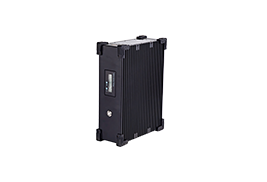
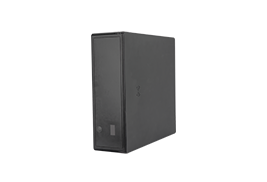
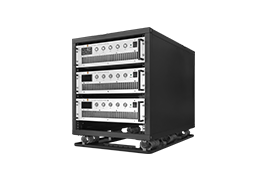
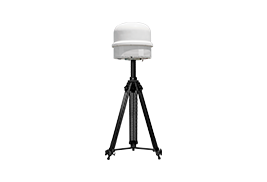
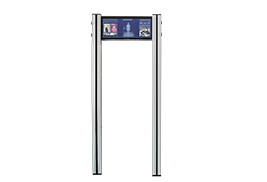
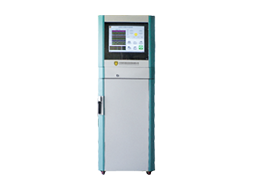
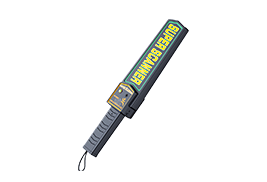

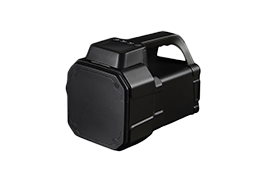
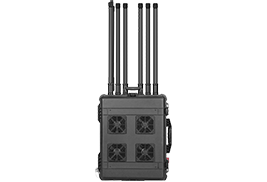
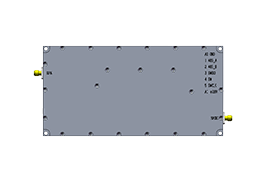
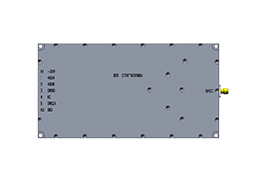
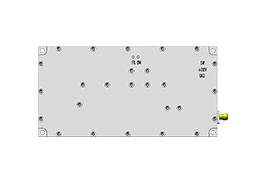
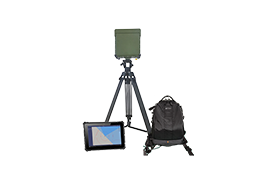

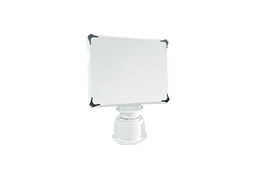
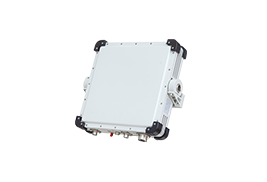



 X
X







 GLOBAL / ENGLISH
GLOBAL / ENGLISH

9.3 Adjacent Channel Selectivity
In cellular communication systems, in addition to considering the network layout of co-channel cells, the influence of adjacent channel cells also needs to be considered. This is because the spectral regeneration of the transmitter can place a strong signal in adjacent frequencies, and this regenerated spectrum is correlated with the transmitted signal and may be demodulated as a valid signal by the receiver of the same standard.
For example, if two adjacent cells A and B happen to be adjacent frequency cells (this layout is usually avoided, but it is used here to illustrate an extreme scenario), when a terminal registered to cell A roams at the border between the two cells and the signal strength of both cells has not yet reached the handover threshold, the terminal still maintains a connection with cell A. If the ACPR of the transmitter of cell B is high, the ACPR component of cell B will fall into the receiving band of the terminal, overlapping with the useful signal of cell A in frequency. Since the terminal is far from the base station of cell A at this time, the received useful signal strength of cell A is also low. Therefore, the ACPR component of cell B entering the terminal receiver can cause co-channel interference to the original useful signal.
It should be noted that adjacent channel selectivity refers to the receiver's ability to suppress interfering signals from adjacent channels while receiving useful signals. In cellular communication protocols, "transmitter spectral leakage (regeneration)" and "receiver adjacent channel selectivity" are defined in pairs.
9.4 Co-Channel Suppression
Co-channel suppression describes absolute co-channel interference, usually referring to the interference pattern between two co-channel cells. According to network layout rules, the distance between two co-channel cells should be as far as possible, but even so, signal leakage will still occur, only differing in intensity. For the terminal, signals from both cells can be considered "correct useful signals" (of course, there is a set of access norms at the protocol layer to prevent such mis-access). The measure of whether the terminal's receiver can avoid "the west wind overwhelming the east wind" depends on its co-channel selectivity.
9.5 Summary
Blocking is "large signal interfering with small signal," where RF still has some room for maneuver. In contrast, AM suppression, Adjacent (Co/Alternative) Channel Suppression (Selectivity) are metrics for "small signal interfering with large signal," where pure RF's work is less meaningful, relying mainly on physical layer algorithms.
Single-tone suppression is unique to the CDMA system. It has a characteristic: the single-tone as an interfering signal is an in-band signal and is very close to the useful signal. This can generate two types of signals falling into the receiving frequency domain: the first is due to the near-end phase noise of the LO, where the baseband signal formed by the LO mixing with the useful signal and the signal formed by the LO phase noise mixing with the interfering signal will both fall within the range of the receiver baseband filter. The former is useful, while the latter is interference. The second is due to nonlinearity in the receiver system, where the useful signal (with a certain bandwidth, such as the 1.2288 MHz CDMA signal) and the interfering signal may produce intermodulation in nonlinear devices, and the intermodulation products may also fall within the receiving frequency domain, becoming interference.
The origin of single-tone suppression was when North America initiated the CDMA system, sharing the same frequency band with the existing analog communication system AMPS. The two networks coexisted for a long time, and as the latecomer, the CDMA system had to consider the interference of the AMPS system on itself.
This reminds me of the "Xiaolingtong" (Little Smart) system, known for "working when stationary but not when moving." It occupied the 1900–1920 MHz frequency band for a long time, delaying the implementation of TD-SCDMA/TD-LTE B39 in the lower band of B39 (1880–1900 MHz) until the Xiaolingtong system was decommissioned.
Textbooks simply explain blocking: a large signal entering the receiver amplifier causes the amplifier to enter a nonlinear region, reducing the actual gain (for useful signals).
10. Dynamic Range, Temperature Compensation, and Power Control
In RF design, dynamic range, temperature compensation, and power control are crucial metrics, even though they are not easily observable in most cases. These metrics reflect the finest aspects of RF design.












